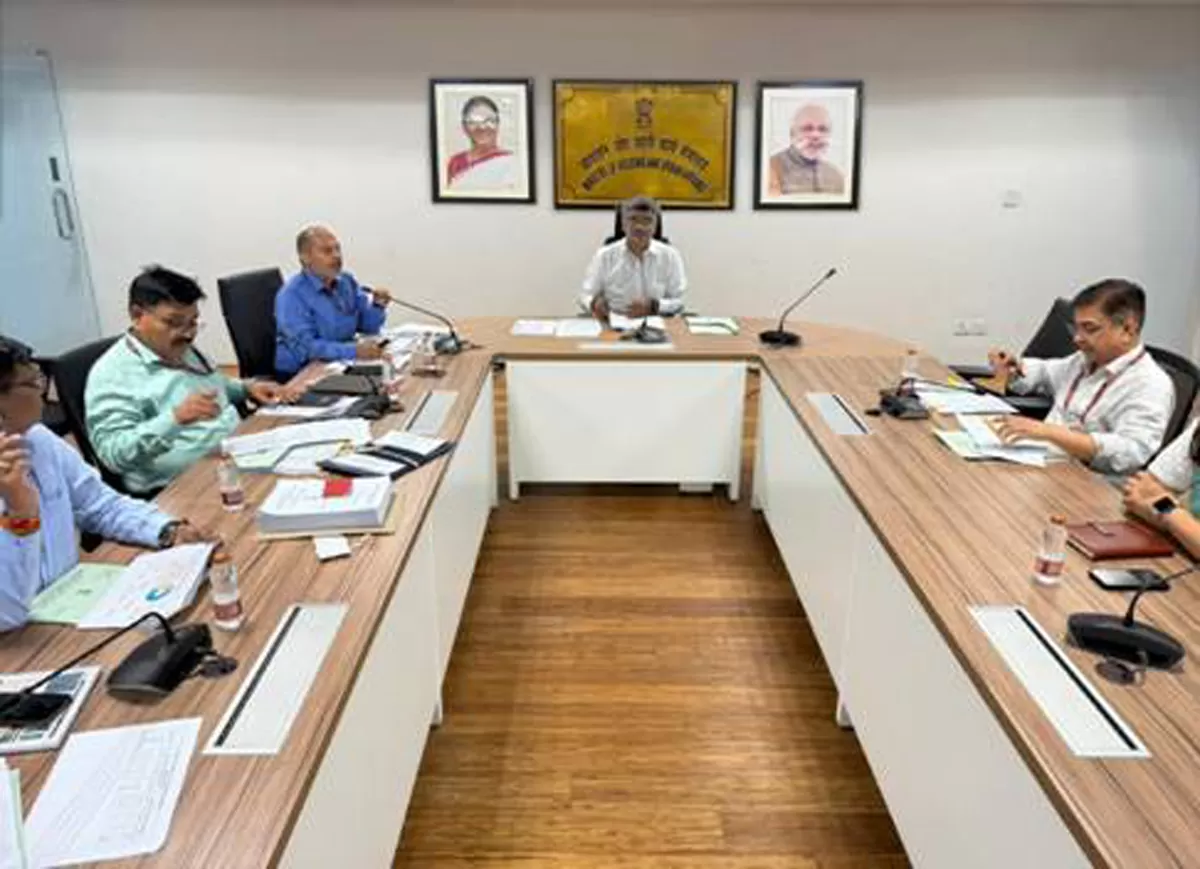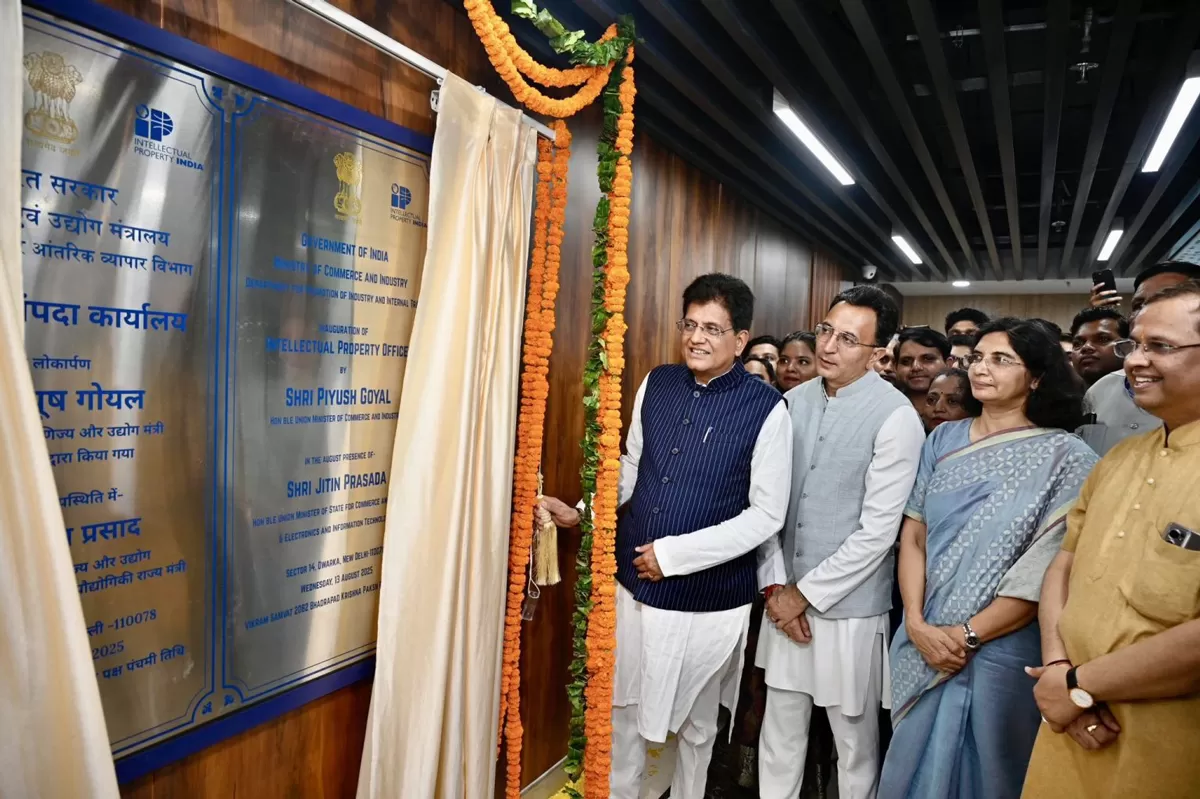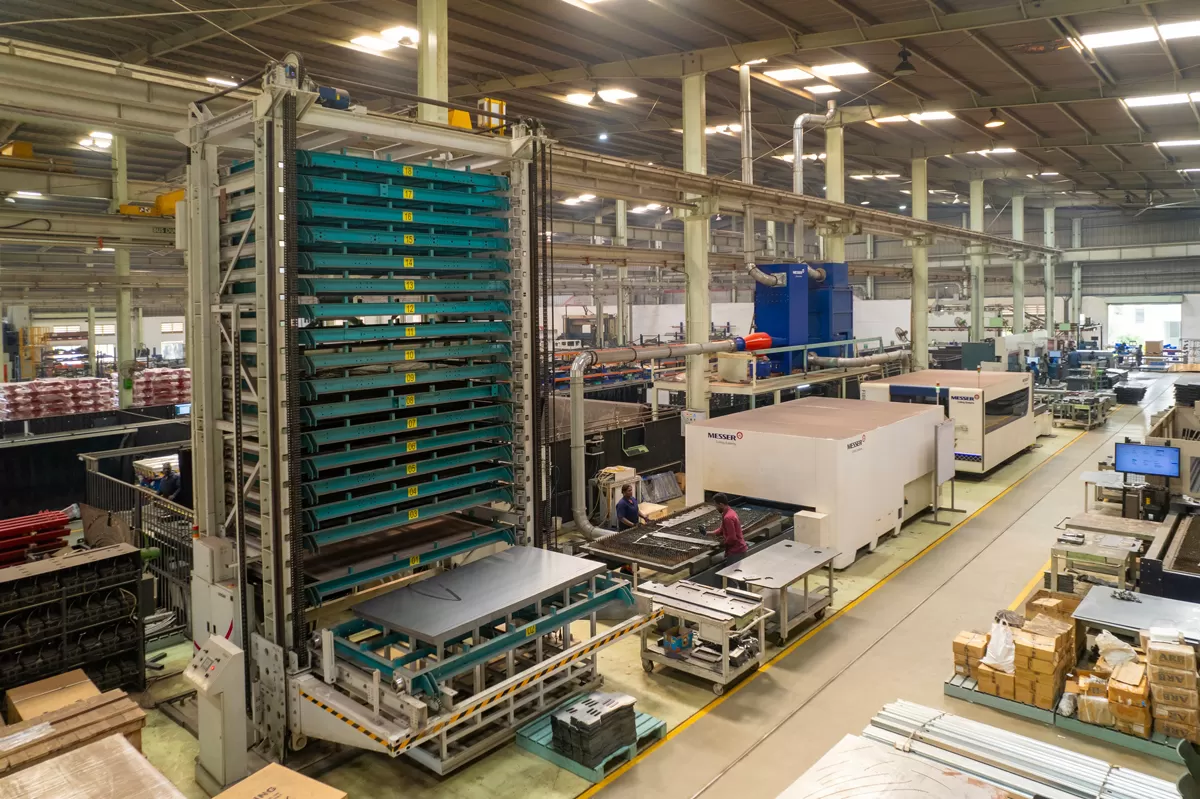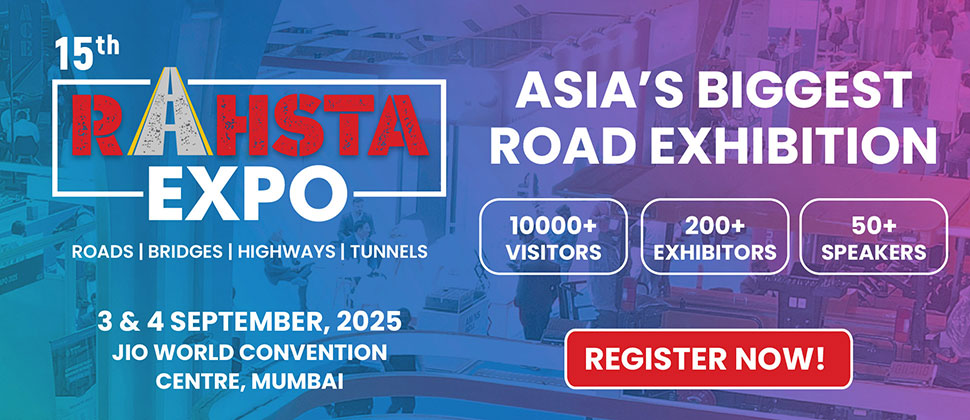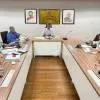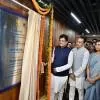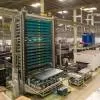Chenani Nashri slated to be India's first tunnel with a world-class integrated tunnel control system
01 Sep 2017
10 Min Read
CW Team
Safety has been the paramount consideration for India's longest tunnel. Now at 9 km - reducing the journey by 31 km - the recently completed Chenani-Nashri Tunnel serves as an all-weather connection between the Kashmir Valley and Jammu. The road to completion had its share of rough patches, though. For starters, working in immature rocks and geological uncertainty in the Himalayan terrain posed a huge challenge in itself.
<p></p>
<p>For<span style="font-weight: bold;"> SC Mittal, Chief Executive, IL&FS Transportation Networks, </span>another significant challenge was to secure forest approval from the Forestry Advisory Committee in J&K. Adding to this was the constraint of disposing off the debris generated during the excavation process. Nevertheless, after five years and nine months, the project was completed successfully.</p>
<p> <span style="font-weight: bold;">The specs</span><br />
The finished diameter of the horseshoe-shaped main tunnel is 11.75 m, which includes a carriageway width of 9.35 m + 1.2 m width of cable trench on either side of the main tunnel. The main tunnel comprises a bi-directional two lane. The escape tunnel is D-shaped with a clear carriageway width of 5 m; it is a pressurised tunnel with a super atmospheric pressure of 50 pa to avoid ingress of smoke during a fire emergency in the main tunnel, thus making it a safe passage for users. </p>
<p>It is a standard international practice for long tunnels to have one parallel and safe escape pathway to evacuate users during emergencies such as fire, etc. The vertical clearance of the main tunnel and the escape tunnel for vehicular movement are 5 m and 2.5 m, respectively. The length of the south approach road is 1,342 m and the north approach road is 534 m. </p>
<p>The maximum overburden of the tunnel is 1,050 m. There are a total of 29 cross passages at 300-m intervals in the tunnel. The length of each cross passage is 34 m including seven vehicular cross passages, while the remaining 22 are pedestrian cross passages. The gradient from the south portal to the centre of the main tunnel is 0.5 per cent upward, and from the centre to the north portal is 1 per cent downward. </p>
<p> <span style="font-weight: bold;">Well-equipped</span><br />
Equipment worth Rs 400-500 crore has been sourced for this project and excavation of 2,198,324 cu m has been done. The drill-and-blast New Austrian Tunnelling Method (NATM) has been adopted for excavation. 'In case of uniform strata, tunnel boring machines (TBM) can be used,' explains Mittal. 'But in a location where the geology experiences constant change, the drill-and-blast methodology serves as a better option.' He goes on to add that in the case of drill and blast, materials need to be excavated efficiently. 'It is done in a manner that a low-bedded truck - specialised earthmoving equipment - can turn easily in a 10-m-wide radius. Also, considering that drilling manually would take several days, a computer-controlled, three-arm boomer was used, which automatically drilled in a pattern and distance designed by geologists.' </p>
<p>Further, 282,783 cu m of shotcrete has been used for the project as well as 519,056 cu m of concrete; 6,371,734 of cement bags; and 30,000 mt of steel. The project witnessed 2,136,665 working man days with 90 per cent local employment.</p>
<p> <span style="font-weight: bold;">Safety first</span><br />
Chenani Nashri will be the country's first tunnel with a world-class integrated tunnel control system (ITCS), where ventilation, fire control, signals, communication and electrical systems are automatically activated. The ITCS software platform will be a dedicated traffic SCADA (supervisory control and data acquisition) including traffic security system for the traffic control management of the tunnel. The system integrates the management and monitoring of all subsystems involved in traffic control. It allows for takeover in case of manual failure, and has two backup power systems, one at each end of the tunnel. </p>
<p>Safety features such as installation of SOS box, PA system and FM systems, lighting and ventilation systems, monitoring through CCTV cameras, fire extinguisher and fire-fighting system, cross passages for safe evacuation in case of fire, road signage, and speed limit and overtaking restrictions have been installed inside the tunnel. The tunnel has been designed to fight a 30-MW fire, ie fire caused in a fully loaded truck. There are fire hydrants at every 150 m; in case of fire, the ventilation system is suitably regulated to extract the smoke to facilitate the safe evacuation of the users through the escape tunnel. At both portals, there is a pump room with a jockey pump, main electrical pump and backup diesel pump for supply of water at high pressure to hydrants installed inside the tunnel. </p>
<p> <span style="font-weight: bold;">Maintaining air quality </span><br />
There is a ventilation system at every 600 m. As soon as the air quality is below prescribed norms, the ventilation fans start functioning automatically. Air quality is monitored by 14 CO cu m opacity sensors installed in the main tunnel. The project has installed five air velocity sensors across the main tunnel that provide real-time updates about the longitudinal air direction and its velocity. The air velocity is then controlled by automatic actions of banana jet fans in the event of fire so as to contain it in the shortest length of the tunnel.</p>
<p>Eight banana jet fans of 37 kW capacity have been installed in the main tunnel, while eight axial fans of 710 kW each (four at each portals) have been installed in the ventilation building. Of the eight, four are used for supply of fresh air inside the main tunnel and the other four as exhaust fans for extraction of smoke. There are two pressurisation fans of 37 kW at each portal face in the escape tunnel. The project has adopted a fully transverse ventilation system. The air is circulated inside the tunnel via two separate ducts housed above the slab of the tunnel. One duct is for transmitting fresh air inside the tunnel through openings or dampers placed 8 m apart. The other duct is used to extract polluted air and smoke from the tunnel through openings or exhaust dampers placed 100 m apart. These exhaust dampers are motorised and can be opened and closed using the ITCS. </p>
<p> <span style="font-weight: bold;">Preventing seepage </span><br />
Waterproofing membrane has been provided before provision of final concrete lining with channelisation of seepage water to the underground drainage system to prevent seepage in the tunnel. Further, central drainage has been placed throughout the tunnel to drain out the underground water collected from the subsoil PVC pipe of 75 mm behind the concrete lining, ie rock surface. There is also surface drainage to drain out the surface water along with the man holes. Also, for the fire-fighting hydrants, two water tanks with the capacity of 1.5 lakh litre, one at each portal, have been constructed. Further, a total of 124 CCTV cameras have been installed in the main tunnel.</p>
<p> <span style="font-weight: bold;">Power supply system</span><br />
There are two power substations: One at the south portal fed via a 132-kV transmission line, and another backup substation at the north portal of 8 MW capacity via a 33-kV transmission line. In case of complete power failure of the grid, 70 UPS systems, from 2 kVA to 60 kVA capacity, have been installed. These systems provide power to the tunnel emergency lighting, signage and the ITCS. As part of the permanent power supply, there is a GIS-based switchyard at the south portal of 132/11 kVA and one of 33 kVA at the north portal.</p>
<p>Twenty transformers from 250 kVA to 10 mVA capacity have been used throughout the tunnel. Inside the tunnel, three indoor substations have been installed with dry type transformers. This has been done to minimise transmission losses. The total cabling used is about 110 km inside the tunnel. The total power supply load of the tunnel project is about 8 MW. </p>
<p> <span style="font-weight: bold;">The benefits</span><br />
The construction of this tunnel will lead to fuel savings of about Rs 27 lakh per day owing to shorter travel time. Besides, large-scale deforestation has been prevented. Protected with a world-class safety system, the tunnel is expected to reduce accidents in the region and boost economic and tourism activity. And, as Mittal concludes, 'The biggest benefit of this tunnel is that it will bring the two capital cities of J&K namely Jammu and Srinagar closer due to reduction in distance and travel time.'</p>
<p> <span style="font-weight: bold;">- SHRIYAL SETHUMADHAVAN & SERAPHINA D'SOUZA</span></p>
<p> <span style="font-weight: bold;">Project Details</span><br />
Length: 9 km + 1 km approach road.<br />
Construction cost: <br />
About Rs.3,700 crore.<br />
Completion: February 2017.<br />
DPR: Louis Berger Group, INC, US, in JV with LRP Consultants Consortium and L&T Ramboll Consulting Engineers.<br />
Master planner: IL&FS Transportation Networks. <br />
Tel: 022-2653 3333. <br />
Website: www.itnlindia.com<br />
Electrical contractor: Sterling and Wilson. <br />
Tel: 022-2548 5300. <br />
Website: sterlingandwilson.com<br />
Design consultants: <br />
Grusamar, Spain. <br />
Website: www.grusamar.com ; <br />
GeoData, Italy. <br />
Website: www.geodata.it</p>
<p> <span style="font-weight: bold;">Innovations applied</span><br />
Use of poly fibre or steel fibre shotcrete instead of traditional wire mesh system.<br />
Use of Swellex rock bolt.<br />
Deformation monitoring to optimise the project.<br />
Probing (drilling 12 m advance at face to know the rock strata) of tunnel.<br />
Use of automated navigated boomer for excavation.<br />
Use of 35-tonne capacity articulated dumper for mucking.<br />
Transverse ventilation system.<br />
Fully integrated tunnel control system for integration of power supply, traffic, communication, fire-fighting and ventilation.<br />
</p>

